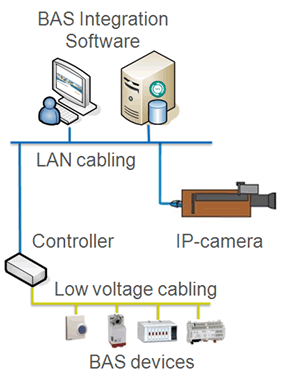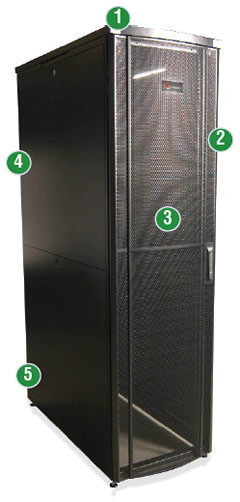Next Generation IEEE BASE-T Study Group Contribution Suggests Shielded Cabling as the Better Choice
Posted on the public area of the newly formed IEEE 802.3 Next Generation BASE-T study group is an interesting contribution by Dan Dove of Applied Micro Circuits Corporation proposing three distinct cabling reach topologies for different applications in the data center. What’s notable about this presentation is that a global leader in the Ethernet chip development industry is clearly expressing an opinion on the controversial topic of shielded versus UTP cabling.
In his contribution, Mr. Dove proposes using shielded cables for support of Top-of-Rack (server to switch) applications because the media’s reduced echo and near-end crosstalk loss, reduced transmit power requirements, and virtually zero alien crosstalk support signal transmission with a simplified electromagnetic immunity (EMI) chip design. Mr. Dove also questions the use of UTP cables to support the structured cabling End-of-Row topology (server to switch, switch to switch, and switch to core switch) connections because transmission over UTP media requires a more complex EMI chip design, introduces challenges related to additional return loss and near-end crosstalk loss, needs higher transmit power, and requires attention to the disruptive effects of alien crosstalk.
Points associated with shielded cabling:
- Simplifies EMI design
- Reduces Echo/NEXT challenges of multiple connectors
- Reduces TX power requirement
- Virtually eliminates ANEXT
Points associated with UTP:
- More complex EMI design
- Requires Echo/NEXT challenges of multiple connectors
- Increases TX power requirement
- Requires attention to ANEXT
Is this finally the tipping point for shielded cabling?
You can find Mr. Dove’s contribution here on IEEE802.org to explore this issue further.



